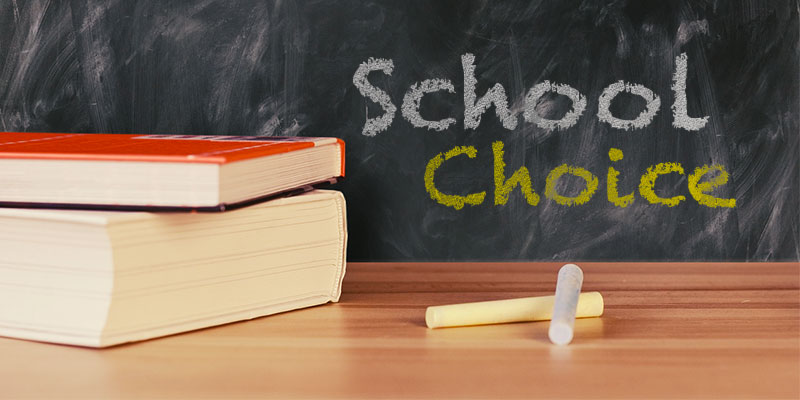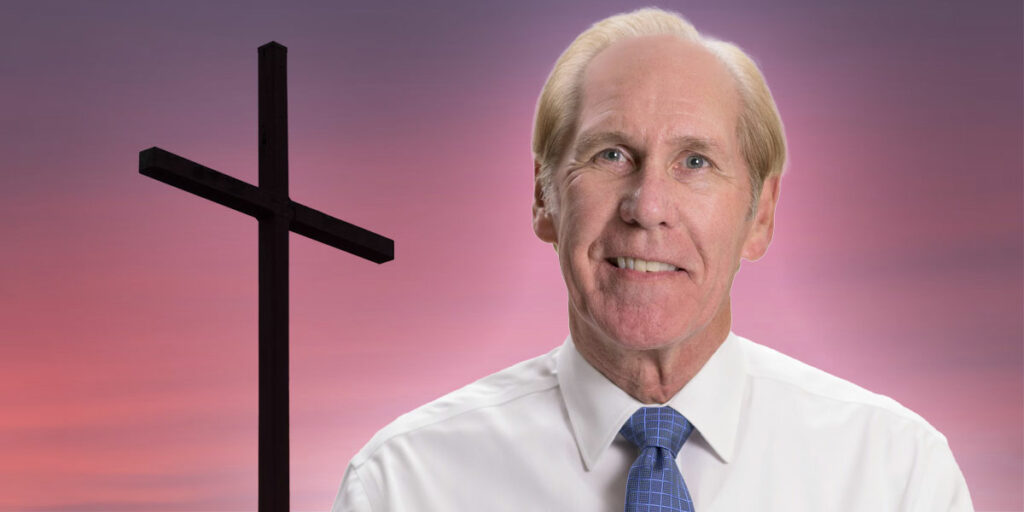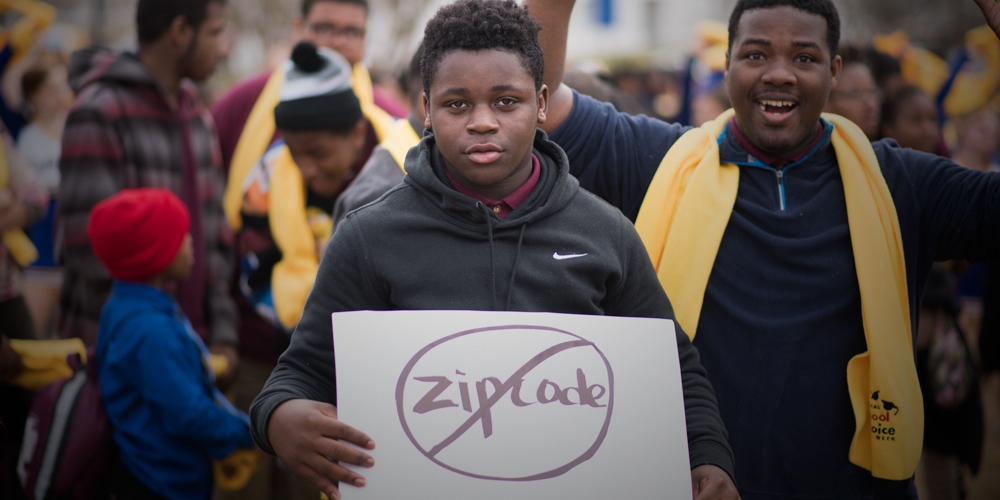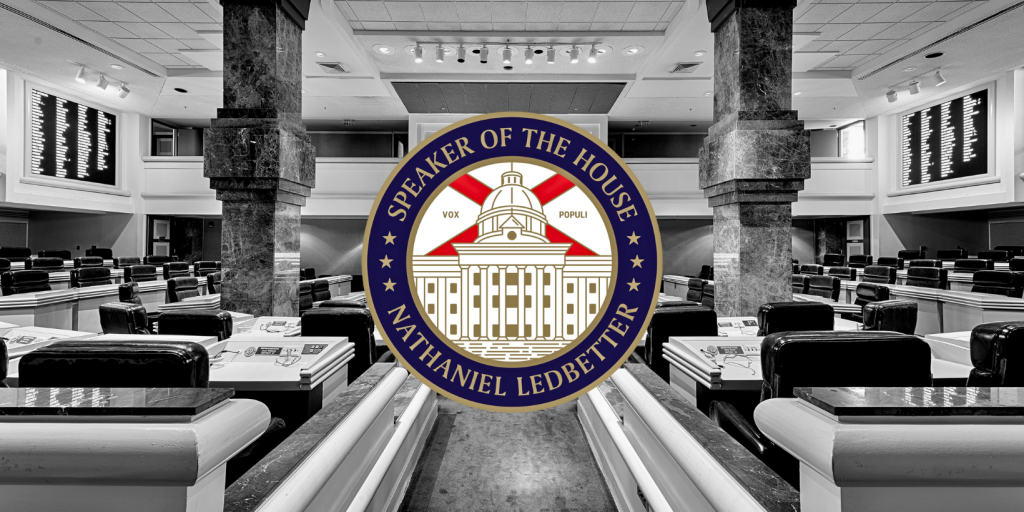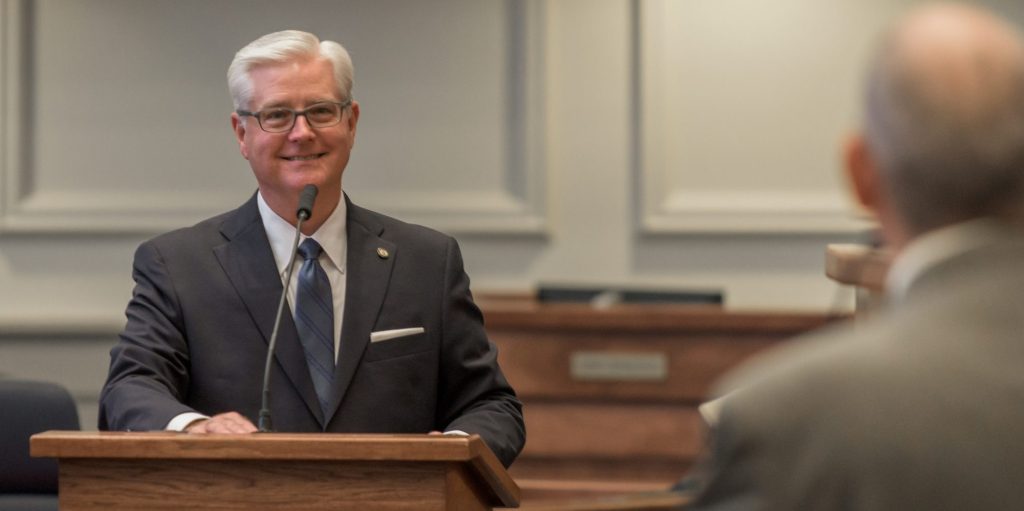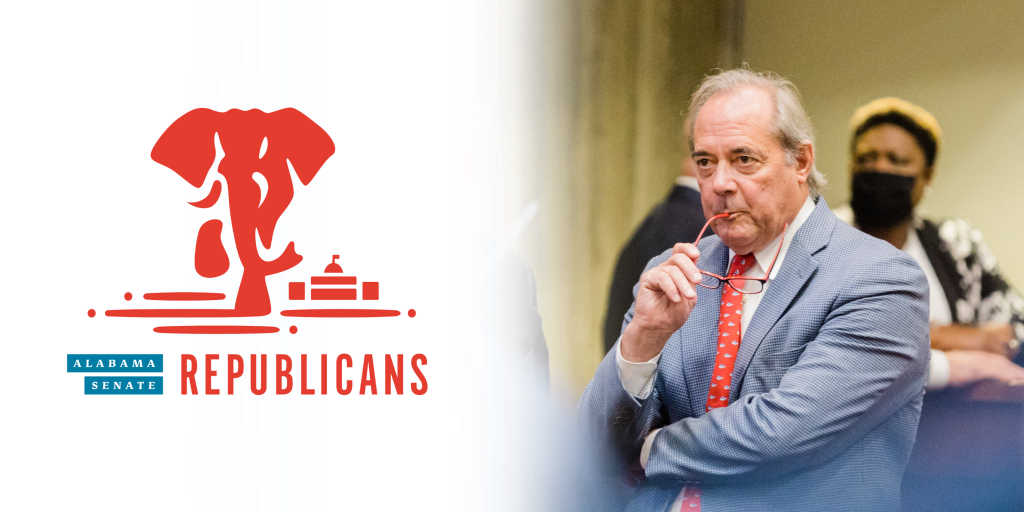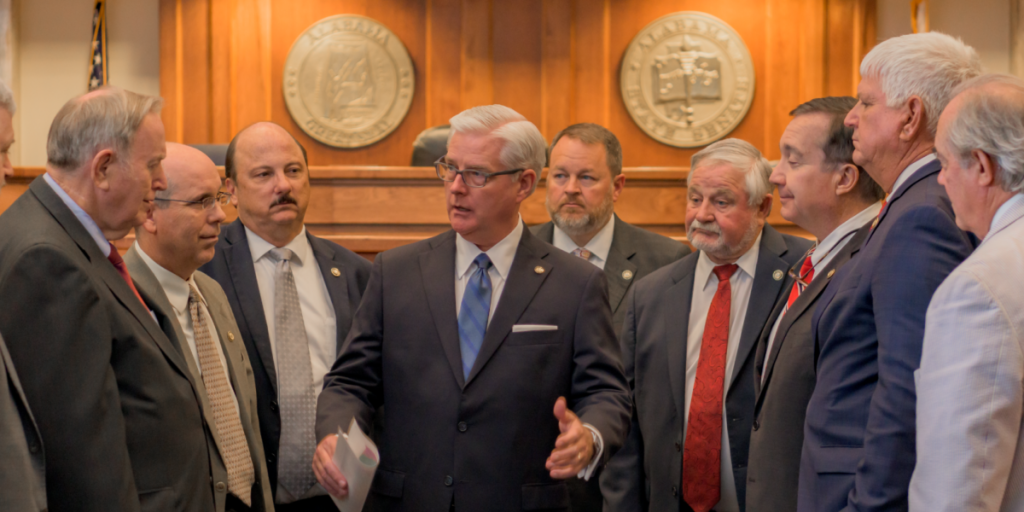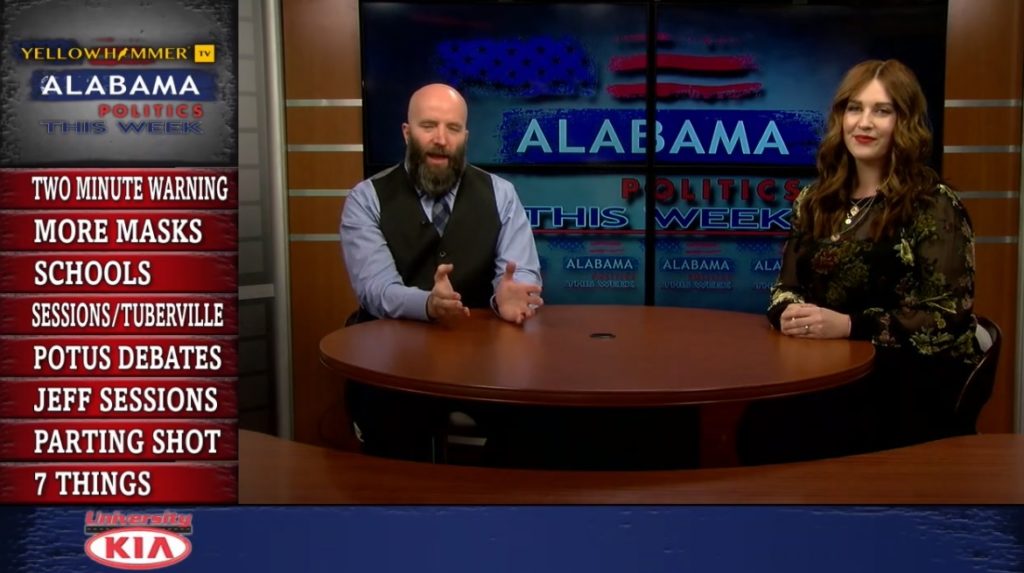The U.S. Supreme Court recently delivered a “big win” for school choice and religious freedom. School choice enables competition, which economists find generally improves the quality of goods and services. I believe that this result will apply to education, and specifically public schools.
Espinoza v. Montana Department of Revenue involved 2015 legislation allowing tax-deductible contributions for scholarships to private, non-profit schools. The Montana Supreme Court struck down the act in 2018 as an unconstitutional use of public funds for religious purposes, including any school or college controlled by a church. Montana’s constitutional provision is a “Blaine Amendment” dating to the 19th century to prohibit state aid to parochial schools; 37 states, including Alabama, have Blaine Amendments.
The constitutional issues involved were the First Amendment’s separation of church and state and religious discrimination in government policy. Chief Justice John Roberts’ majority opinion found the Blaine Amendment discriminatory: “A State need not subsidize private education. But once a State decides to do so, it cannot disqualify some private schools solely because they are religious.”
The Montana Supreme Court struck down the entire school choice program based on the Blaine Amendment. Although Montana’s legislature could have enacted a scholarship program applying to only non-church private schools, this would have significantly restricted parents’ choice. According to the Institute for Justice, which litigated Espinoza, Blaine Amendments are often used to block school choice. Only a narrow interpretation of Alabama’s provision allowed the Alabama Accountability Act to withstand challenge.
Separation of church and state is wise constitutional doctrine. Still, I do not see the scholarships as violating separation of church and state. The public “dollars” involved are taxes foregone. Church-affiliated schools often operate at a loss, so tuition scholarships will not yield profits to support other activities and presumably provide enough education to qualify as schools.
George Mason law professor Ilya Somin offers an illustrative comparison. No one worries that tax exemptions for religious charities or police and fire protection for churches constitute state support for religion. Tax deductions for scholarships do not establish a state religion.
Church-affiliated schools provide a variety of education consistent with their doctrine and moral teachings. The goal of school reform should be, as economist John Merrifield emphasizes, a diverse menu of options to suit students’ varied learning styles and parents’ values. Church-affiliated schools accomplish this.
School choice policies will make Americans more equal. Affluent Americans, who can afford private school tuition, have long enjoyed school choice.
American higher education features school choice. Alabamians can attend any of the state’s 14 four-year universities or more than 30 two-year colleges at in-state tuition rates. These institutions offer diverse educational options. Two-year colleges offer vocational programs and inexpensive core classes. Four-year universities include one modeled after a liberal arts school, large and small campuses, and numerous online degrees. Federal student aid and loans help make private colleges affordable.
By contrast, K-12 public schools require students to attend their assigned school. After paying taxes to support government schools, many families cannot afford private school tuition. The economic case for public education stresses ensuring all students can afford schooling, which school choice accomplishes.
Choices unleash quality-enhancing competition. Some of America’s best public schools are in affluent suburbs where districts must compete for students because parents can afford private schools. It is tempting to attribute suburban districts’ quality spending, but statistics show otherwise. In 2018, Baltimore city schools spent $250 less per pupil than Montgomery County (Maryland) and $1,000 more than Fairfax County (Virginia) in suburban Washington, two of America’s most affluent counties.
In time school choice will force beneficial changes in public school curriculum. Currently, the curriculum is a political football which both parties seek to control. Teachers educate children in classrooms; politicians in Montgomery or Washington shape learning only through bureaucratic controls forcing a curriculum on local schools. School choice will empower parents to find schools that help their children learn. To successfully compete for students, control will need to be devolved to schools and teachers, which I see as a very good thing.
Daniel Sutter is the Charles G. Koch Professor of Economics with the Manuel H. Johnson Center for Political Economy at Troy University and host of Econversations on TrojanVision. The opinions expressed in this column are the author’s and do not necessarily reflect the views of Troy University.




